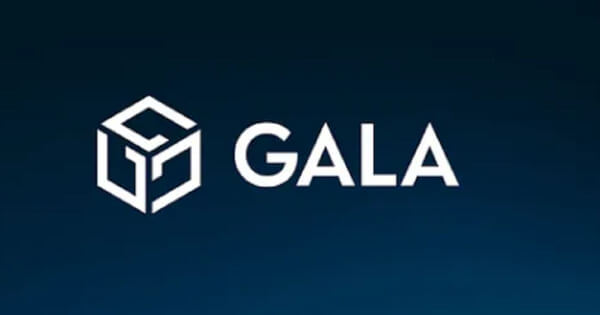Blockchain's Quiet Revolution: Unseen Innovations Driving Web3 Adoption
Iris Coleman Nov 14, 2024 16:09
Explore how blockchain's practical applications in industries like retail, insurance, and real estate are quietly paving the way for Web3 mass adoption, beyond the usual hype.

While the excitement around Web3 is often dominated by headlines about DeFi, meme coins, and crypto pumps, the true momentum towards blockchain mass adoption may lie in its practical, everyday applications. According to Gala News, these 'mundane milestones' are quietly redefining industries globally, marking a significant shift in how digital information is managed and shared.
Moore’s Law in the Digital Era
The evolution of blockchain technology parallels Moore’s Law, which predicted the doubling of transistors on computer chips every two years. This prediction has held true for over five decades, reflecting the exponential growth of technology and data consumption. In 2010, global data creation was at 2 zettabytes, which surged to 64.2 zettabytes by 2020, demonstrating the rapid pace of technological advancement.
Blockchain in Retail Supply Chains
Blockchain has emerged as a critical tool for enhancing transparency in retail supply chains. Major retailers like Carrefour have adopted blockchain to allow consumers to trace product origins and safety certifications by scanning QR codes. This trend toward transparency is supported by companies like IBM, which offers blockchain solutions to improve supply chain management.
Streamlining Insurance Claims
In the insurance sector, blockchain is automating claims processing, improving efficiency and reducing fraud. Companies like Lemonade, Inc. have implemented blockchain-based systems to automatically process claims for Kenyan farmers affected by droughts. Similarly, Etherisc utilizes smart contracts to streamline insurance processes, offering a glimpse into the future of automated insurance services.
Real Estate Tokenization
Real estate is experiencing a transformation through blockchain-enabled tokenization, which facilitates fractional ownership. This innovation allows investors to purchase property shares without substantial capital. The 2018 tokenization of St. Regis Aspen's real estate investment trust is a landmark example, paving the way for platforms like HoneyBricks and Lofty.
Decentralized Identity for Public Services
Decentralized Identity (DID) is revolutionizing how individuals manage digital identities, enhancing privacy and security. DID systems can streamline public services such as passport renewals and voter registration. China’s RealDID system exemplifies how DID can enable secure access to online services.
Blockchain in Digital Health Records
In the medical field, blockchain is improving the integrity and transparency of health records, especially in clinical trials. By ensuring tamper-proof data, blockchain fosters trust among researchers and participants, facilitating efficient data sharing and enhancing the validity of clinical findings.
Intellectual Property Rights Management
Blockchain is addressing challenges in intellectual property management by providing proof of creation and ownership, automating licensing, and ensuring supply chain transparency. Initiatives by Bernstein.io and SaharaLabs.ai highlight the potential of blockchain to protect digital assets and combat piracy.
As blockchain technology continues to integrate into everyday processes, its potential to drive Web3 mass adoption becomes increasingly evident. These 'mundane milestones' may not always capture the spotlight, but they are crucial in building a decentralized and efficient future.
For more insights, visit [Gala News](https://news.gala.com/galachain/web3-mass-adoption-is-here-mundane-milestones/).
Image source: Shutterstock.jpg)
